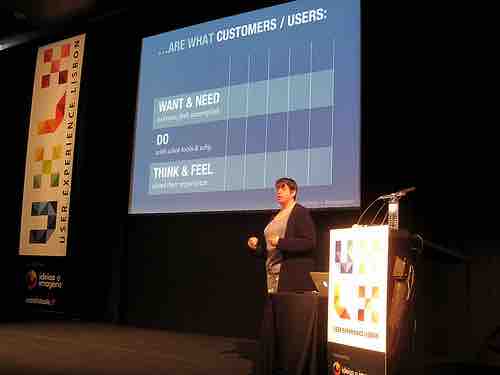Introduction
When a company presents a product or service in a way that is differentiating from the competition, they are said to be "positioning" it. Positioning relates to a process used by marketers to create an image in the minds of a target market. While positioning used to focus on consumer positioning, it now focuses more on competitive positioning.
The Positioning Concepts
There are three basic concepts for positioning:
- Functional Positions deal with solving a problem, providing benefits and getting a favorable perception from investors, stockholders and consumers.
- Symbolic Positions deal with self-image enhancement, ego identification, belongingness, social meaningfulness and affective fulfillment.
- Experiential Positions deal with providing sensory or cognitive stimulation.
Positioning is facilitated by perceptual mapping to determine the ideal points of consumers.This helps to determine if positioning should be functional, symbolic, or experiential. Strong positioning will enable a single product to appeal to different customers for different reasons. For example, two people are interested in buying a new car; one wants a car that is powerful and stylish while the other buyer is looking for a car that is reliable and safe and yet they buy the same exact car. One purchase solved a problem and exemplifies functional positioning while the other purchase is an example of symbolic and/or experiential positioning.
The Positioning Statement and Strategy
By using customer research and perceptual mapping, a marketer can create a positioning statement using one of the three main bases.
A positioning statement explains the target market for the product, the benefit of the product, and how the product is different than the competitors.
When creating a positioning statement, it is important to determine a pain point of the customer. Customers often buy on a want, rather than a need, impulse. By talking to a customer's pain point, it is often possible to address the need impulse and the want impulse at the same time. If both of these issues can be addressed then it is easier to overcome objections regarding a product.

What Consumer Want and Need
What consumers want may not be what they need, but it is important to understand both.
A company can create brand positioning strategies or product positioning strategies. It is important to understand the strengths and weaknesses of both the organization and the competition when creating a positioning strategy.